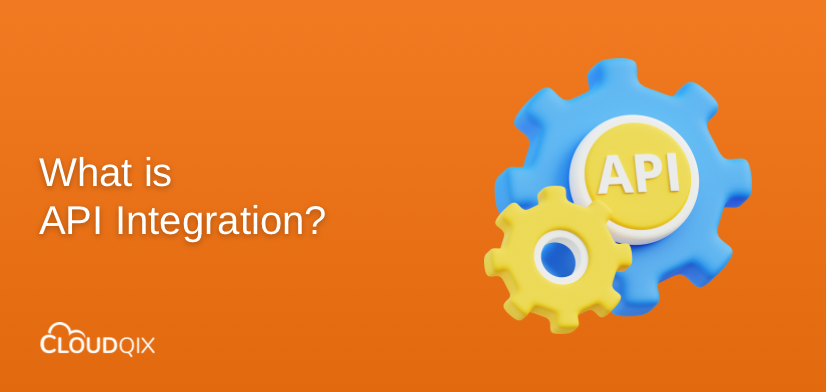API integration is the process of using application programming interfaces (APIs) to connect two or more software systems. These enable the seamless transfer of data and functionality between systems. Think of APIs as the building blocks of software, and API integration as the glue that holds them together.
Many applications today are built as collections of internal and external services delivered through APIs. To deliver high-quality experiences, teams must integrate multiple APIs, connecting systems that are often spread across different environments and platforms. Without integration, the full potential of APIs can’t reach their full potential.
Key Aspects of API Integration
Communication in API Integration
APIs define the protocols and rules for communication between systems, including data formats, authentication, and request/response handling. By following these rules, applications can reliably exchange information, such as syncing inventory levels from a warehouse management system to an e-commerce platform.
Data Exchange Between Connected Systems
API integration enables data exchange across applications, removing manual data entry and minimizing errors. When properly implemented, this ensures system management is streamlined, and teams have access to accurate, up-to-date information. Data synchronization becomes seamless, supporting better decision-making across the business.
Functionality Sharing Through APIs
Through API integration, applications can leverage each other’s functionalities without rebuilding features from scratch. For example, an e-commerce platform can integrate a payment processing API like Stripe, enabling secure transactions, while a messaging app can connect to file-sharing APIs to improve team collaboration. This approach saves development time and enables faster innovation.
Process Automation Enabled by API Integration
Connecting systems via APIs is the foundation of automation. Manual tasks like updating records, sending notifications, or transferring data can be executed automatically. API integration also enables workflow automation to create end-to-end processes that span multiple applications.
By automating these workflows, teams can focus on higher-value tasks, reduce human error, and accelerate operational efficiency, while also enabling AI workflows that rely on consistent, real-time data.
Enhanced Capabilities Through Integrated Applications
Integrating APIs creates applications that are richer, more responsive, and capable of handling complex business processes. Combining multiple data sources and services helps teams deliver seamless digital experiences, improve business workflows, and ensure scalable, adaptable operations.
Examples of API Integration
API integration spans industries, enabling diverse functionality across multiple systems:
- Finance: Connect banking platforms, payment processors, and accounting tools for automated transactions, reconciliations, and real-time reporting.
- Software Teams: Sync development, deployment, and monitoring tools to automate CI/CD pipelines and streamline software delivery.
- Marketing: Integrate email, CRM, and analytics platforms to automate campaign tracking, lead management, and reporting.
- Customer Service: Connect ticketing systems, chatbots, and CRM platforms to provide faster responses and more consistent service.
- Project Managers: Link planning tools with communication and resource management apps to improve visibility, reporting, and collaboration.
Other common integrations include:
- Social Media: APIs allow automatic sharing, tracking, and monitoring across platforms like LinkedIn or Twitter.
- Payment Processing: Integrate with services like Stripe or Square for secure, compliant transactions.
- Geolocation: Real-time mapping and location tracking, useful for delivery services or travel platforms.
- Messaging & Collaboration: Slack or Twilio integrations streamline communication and alerting workflows.
- Cloud Services: AWS, Azure, and GCP APIs enable data storage, compute, and scalable cloud infrastructure.
- Enterprise Software: CRM, ERP, and HR systems are integrated to automate processes and unify enterprise data.
Simplify API Integration with CloudQix
CloudQix is a no-code, enterprise-grade platform designed to make API integration accessible to all teams. With a drag-and-drop interface, prebuilt connectors, and low-code tools, CloudQix allows businesses to connect systems, automate workflows, and deploy integrations quickly.
As a robust iPaaS solution, CloudQix supports hybrid deployments, enabling integrations across on-premises systems, SaaS applications, and cloud environments. Teams can create complex automations, connect multiple applications, and unify data flows without heavy reliance on IT resources.
Start building connected, automated workflows with CloudQix today!


